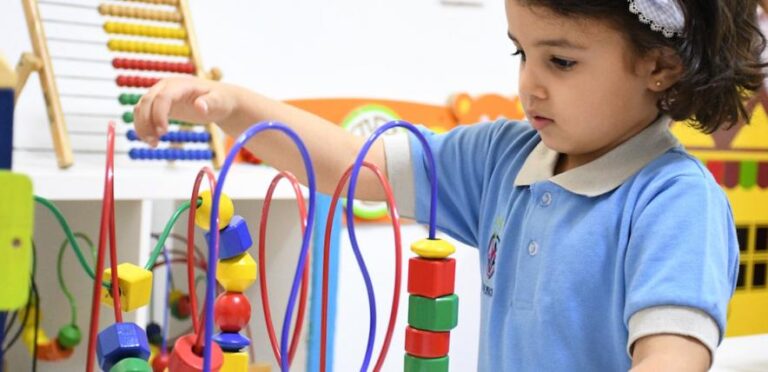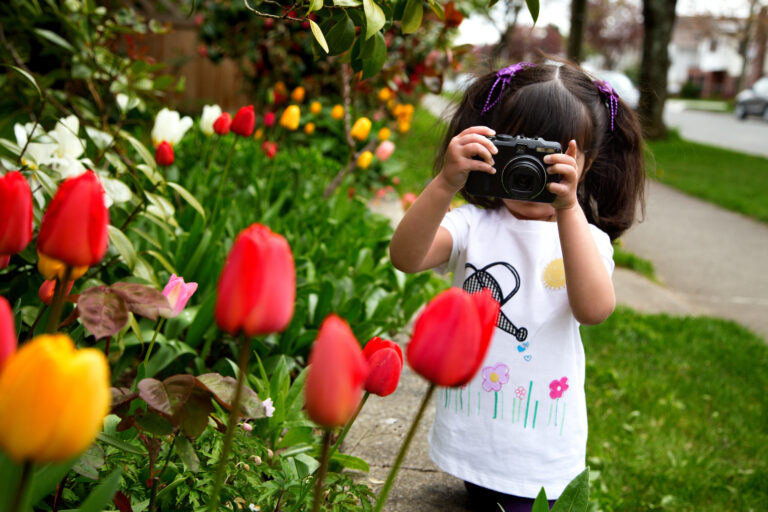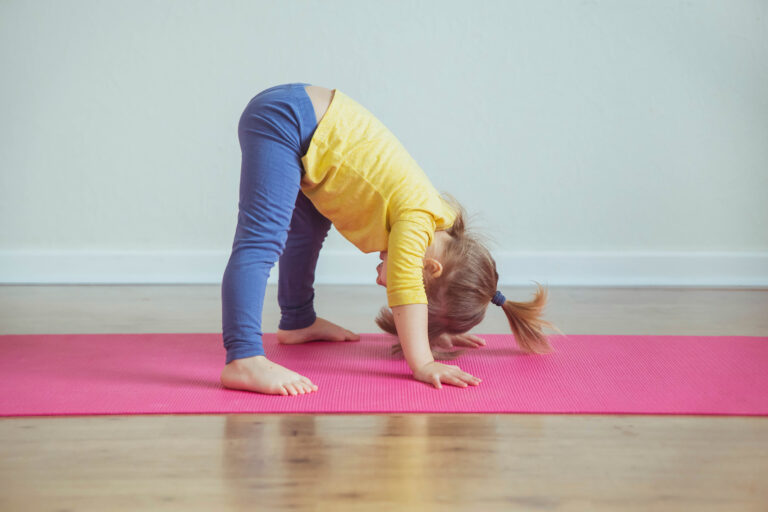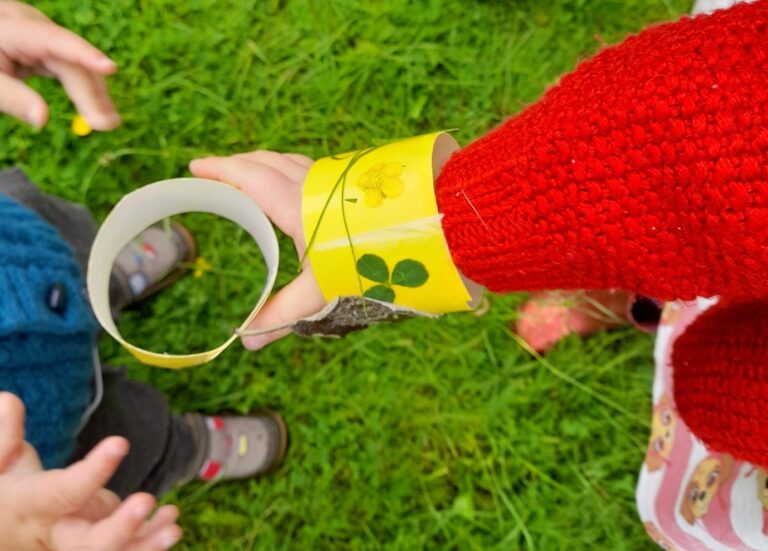By Rachel Lawler
A version of this article originally appeared in Under 5 magazine.
Warm, dry days offer a great opportunity to get out and about and explore your local area, without the need for coats and boots. But while everyone is keen to enjoy the sun while it’s here, we must remember to ensure children are enjoying it while being kept safe in the sun.
Not only can sunburn be painful and uncomfortable for children, but it can lead to more serious problems later in life. Skin cancer is currently the most common form of cancer in the UK, with rates still increasing. Around 100,000 new cases are diagnosed each year and seven people each day die from the disease.
Dr Anton Alexandroff, consultant dermatologist and spokesperson at the British Skin Foundation, explains: “It is very important to protect young children from excessive sun light exposure. It catches up with them years later and can cause problems later in life.” He also says that children need to be even more careful than adults when it comes to protecting their skin. “Children’s skin is thinner than adults’, so it is more sensitive to the sun.”
Take cover
One of the best ways to avoid sunburn is staying out of the sun during the hottest hours of the day – between 11am and 3pm.
Keeping children in the shade can also keep them safe. Dr Alexandroff says: “Children can safely enjoy being outdoors in sunny weather if they play in shaded areas or use sun protective clothing such as broad-brimmed hats, loose, long-sleeved tops and long skirts or trousers and sunglasses.”
Oversized t-shirts can provide great protection and there are swimsuits available with longer sleeves and shorts in UV-protective fabric for any water-based activities.
Trees and bushes can create lots of shade to play in, but if the shade available in your garden or balcony is limited you could think about adding some parasols or an awning or building your own tents and shelters for the summer.
Use a high factor sunscreen
You may also choose to use sunscreen to keep children’s skin safe.
Dr Alexandroff says lotions with Sun Protection Factor (SPF) are safe to use on children from age six months and above. “It is important to use sunscreen with a high SPF for young children to reduce the risk of sunburn at the time of exposure, as well as the risk of skin cancers when children are older.”
He recommends lotions with SPF 30 or 50 for very sunny days.
“Sunscreen should be reapplied every four hours, or more often if children have been swimming, sweating or playing in water. Be sure not to forget certain parts, such as the ears, back of neck, hands and feet!”
Most sun-creams have a shelf-life of up to three years, but NHS Choices recommends that it is replaced each year.
Children should be shown how to apply sun-cream correctly and older children should certainly be encouraged to ‘help’ apply it to their own bodies.
As parents we should also be sun-safe, applying sun-cream, wearing sun-hats or covering up too. It may be tempting to ‘catch a few rays’ on a sunny day, but remember that as ‘role-models’ to young children we should always lead by example.
Be careful with fair skin
Children with very fair skin will need to be more careful in the sun.
Dress them in protective clothing that covers their arms and legs, while also using a high SPF sunscreen.
Fair-skinned children should also seek shade during the hottest hours of the day.
Babies younger than six months old should always be kept out of direct sunlight, particularly around midday.
Children with darker skin tones also need to be careful in the sun. Sunburn in darker skin may not look red but could simply be tender to touch or they may complain that it feels tight or itchy.
For the hottest days you could also buy children’s sunglasses – they should look out for a CE mark on the glasses to ensure that they are offering sufficient UV protection.
To Vitamin D or not to Vitamin D?
Essential for healthy bone growth, vitamin D is an important nutrient for all growing children. It is usually sourced through a healthy, balanced diet and exposure to sunlight. However, in the UK it is difficult to get enough sunlight to prevent deficiency so the Department of Health recommends that all children under five are given a daily vitamin D supplement.
Sunscreen can prevent the skin from making vitamin D, but sun protection should take priority so should still be used to prevent sunburn.
“If parents are worried about their children’s vitamin D levels, suggest they speak with their doctor who can give further advice,” said Dr Alexandroff.
Summary
- Keep children out of the sun between 11am-3pm
- Babies under six months should never be left in direct sunlight
- Let children play in the shade instead
- If your outdoor space has little shade, put up tents, gazebos or awnings to allow for play in the shade
- Children should wear brimmed hats and loose long-sleeved clothing
- If splashing or paddling, children should wear longer-sleeved UV-protective swimwear. Or oversized T-shirts also provide good coverage
- Use a high factor sunscreen (30 plus or 50 plus) applied every four hours — remember to put cream on necks, ears, feet, etc
- Children need Vitamin D which you get from the sun but sun protection takes priority so you still need to apply suncream
- Don’t forget to lead by example and wear a hat and suncream yourself
This article is for information purposes only and should not be used as a substitute for professional medical help. If you or your child is unwell you should consult a medical professional.
Where next?












